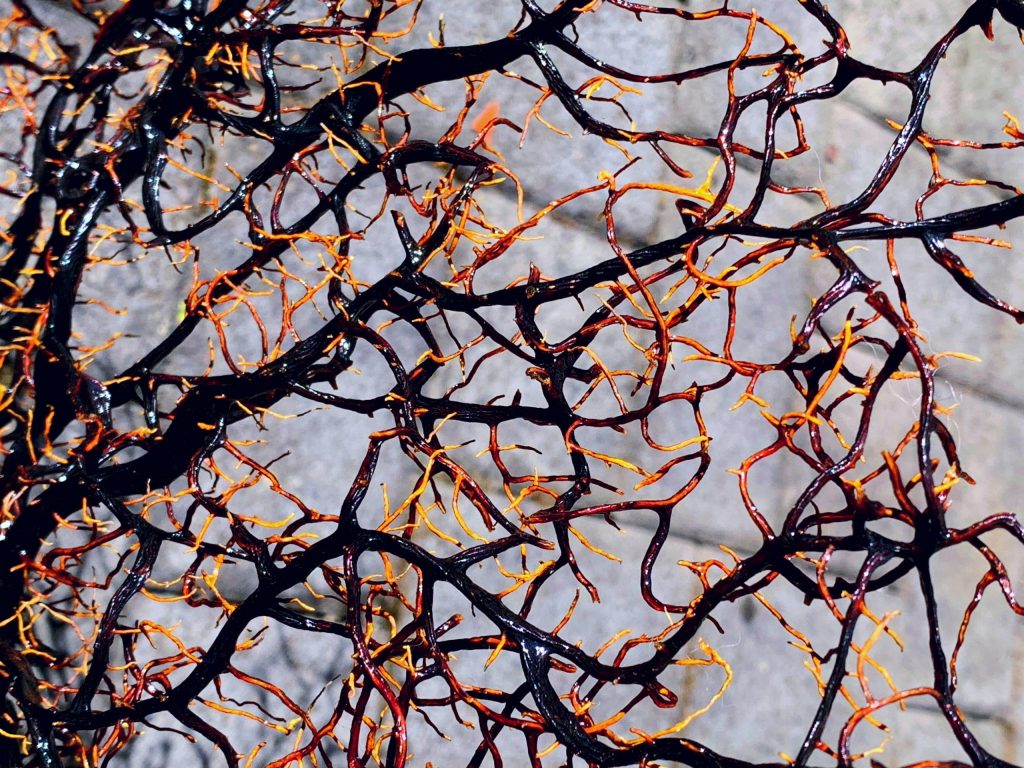Who Are We Writing To?
![]()
We expect the topics and experiences and discussions you find here will be applicable and relevant to anyone working within education but especially to administrators, instructional designers, instructors (tenure track, adjunct, sessional), graduate students, postdocs, teaching and learning researchers, learners, and more.
This work is especially relevant for both those who have power to make changes and those who do not have power yet and are excited about trying something that could improve outcomes. Both will find an invitation to thinking through tough problems authentically and from many angles. To those with power, we hope you engage with some materials that compel you to use your power to make changes. To those without, we’d like to support and encourage you.
Humanizing for Whom?
For our purposes, we focused first on who is precarious in the various contexts where decisions or policy about education are happening and where education itself is happening. Asking “Who is precarious here?” can help us see the perspective of a newly appointed Dean in a faculty struggling with controversy and social issues, a university or college adjusting to a new government with new priorities (and therefore uncertain funding for ongoing work), early academic colleagues (graduate students and postdocs) who have tremendous responsibilities (e.g., in teaching) and little power, students who are working multiple jobs to afford their education, racialized individuals in general and those otherwise marginalized or excluded from having a voice and choice in education. It is important to differentiate between an individual and a position: the Dean traditionally has power, and the student does not. And not all learners are created equal: international students sometimes carry a heavier burden, first generation students, those who grew up in generational poverty, and every other reality of individual lives and barriers to equity and access.
The work of humanizing and understanding the contexts within which education happens cannot be a luxury. It must be a requirement for a standard of education that all are entitled to. These aren’t necessarily the easily measured values, and few institutions have genuinely committed to this hard work. There is an enormous risk when this is partially committed to or when it is a precarious commitment itself. Further, when an institution embraces this work in an “off the corner of the desk” approach without structural supports, the precarious usually shoulder the burden, further adding to their precarity and likelihood for burnout. We hope to give voice to the precarious and to the individual. We see you and we want to support you, for you are the reason there will be change in the systems that leave some with scars and wounds. You are the source of change in the cycles of exclusion and the parts of education that are meant for only some. Together we can support each other and fundamentally change the system.
What Does Humanizing Learning Mean?

Figure 1: Photo by Jan Canty on Unsplash
There are words and phrases that we use as shorthand for gnarly problems in society, culture, and our planet. Sometimes those words and phrases come under fire and are critiqued merely because of the burden they carry representing complex problems. Examples of this are “climate crisis,” “humanized learning,” “Diversity, Equity, and Inclusion,” “decolonization,” and many more. It is a shame that these heavy global issues can be reduced to a phrase that can then become politicized and wielded by those with power or attention to either vilify or lionize. Our hope in this work is to steadfastly remain undistracted by the popularity or lack thereof of a phrase in favour of focusing in on a need; namely, the United Nations Social Development Goal #4 “to ensure inclusive and equitable quality education and promote lifelong learning opportunities for all.”
To that end, this work would be incomplete if it did not directly address the question, “Humanizing education for whom?” We begin from a point that recognizes that power is everywhere: wherever there are people, there is power. This theme is critical to understanding humanizing — you must be able to recognize and be conscious of the power you hold as an individual. Whether you choose to enforce it or not in your own pedagogical or professional practice, it exists and impacts outcomes. Humanizing learning requires us to rethink traditional power dynamics and actively work to redistribute power. And that is what makes this work so difficult, because simply stating that we must be aware of and redistribute power disrupts the ways we have collectively designed education to this point:
- Strong identities and expectations of how individuals (faculty, student, sessional, administrator, staff, etc.) should behave based on survivorship bias
- Hierarchies of power
- Matrix of domination and dominant cultures
- People, planet, and profit (3Ps that all organizations must grapple with)
- Ethics
- Stakeholders
- Stated goals (usually measurable using quantitative data; things like retention, matriculation, and enrollment)
- Assessments
- Completion
Indeed, each of these topics requires interrogation and disruption itself. This work will, for some, be a starting point to dig deeper into many of the assumptions we live with. Our hope is that each of us is able to find something in these materials that gives us pause and asks of us to spend time considering and redesigning the areas of education where we exercise some control or influence. We maintain that access to and success in education is inextricable from issues of justice, equity, diversity, and systemic bias.
What Is “Fairness”?
Still, we would like to be as clear as possible in stating who this work is meant for and who we are hoping to humanize education for. We can blithely and meaninglessly say “everyone,” but we would prefer to be explicit about who we want to humanize education for.
Our approach now in education is to standardize everything we do to be “fair.” We codify this “sameness” in our syllabi, our university and college policies and practices. But treating everyone the same does not indeed achieve fairness — it merely codifies the status quo, perpetuating cycles of inclusion and exclusion and creating further gulfs between the two. When we are confronted with complexity and uncertainty (herein how to make education equitable), we lean back on simplicity and completeness and sameness. In this case, we settle for equality at the expense of equity without interrogating either.

Figure 2: Photo by John Mark Arnold on Unsplash
Dangerously, we codify equality in structure. And those structures are how we measure success. We will measure you all by exactly the same criteria because that makes us feel fair; a rule of “no exceptions” makes us feel fair. But we know it isn’t fair at all. In lieu of an alternative, we snuggle up to sameness and its oversimplified illusion of fairness, objectivity, validation, rigour, and other crimes. It should leave a pit in all our stomachs because we know this does damage. Flattening out the field at the point of validation and assessment does not fundamentally change the fact that the field is not level anywhere else. Choosing sameness (because fairness is hard to do) is not a neutral act.
The way things start matters. Those entering educational institutions from a history of generational poverty will not have the same experience as peers who did not grow up in poverty. The work of exploring how to make education more equitable, we argue, begins with making education more humanized. Much more collaborative work and co-design thinking must be done to begin to address equity in education (in fact, it is one of the topics we revisit in Module 4). We would like to declare that this work is a journey, never a task. And we need those involved in education to be committed to this journey as a value that we bring into everything we do evermore.
To the naysayers who proclaim that exceptions are fundamentally unfair, we ask that you genuinely struggle with the above truth: that we do not all come to the experience of education with the same or even a similar slate (and make no mistake, there is no blank state).

